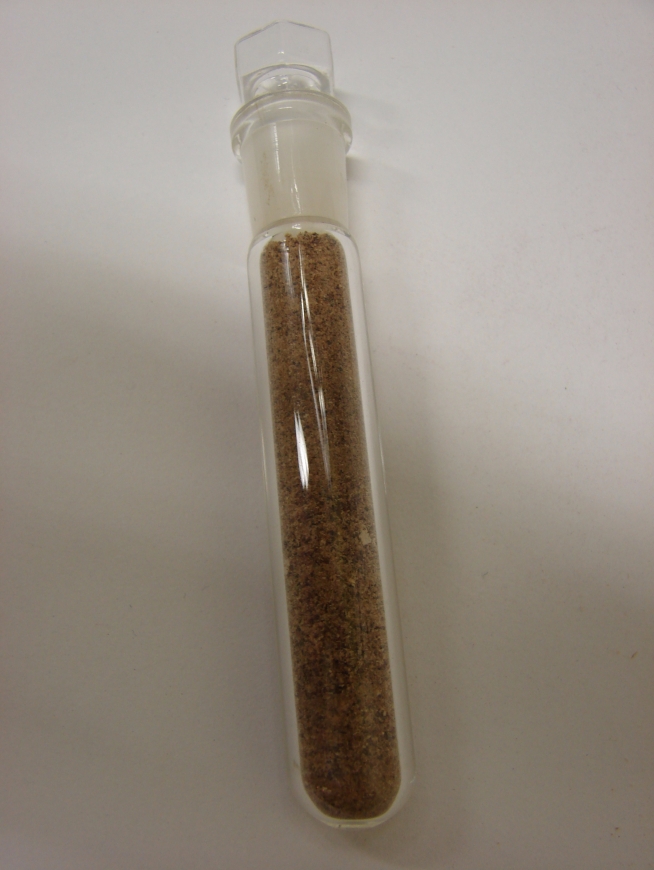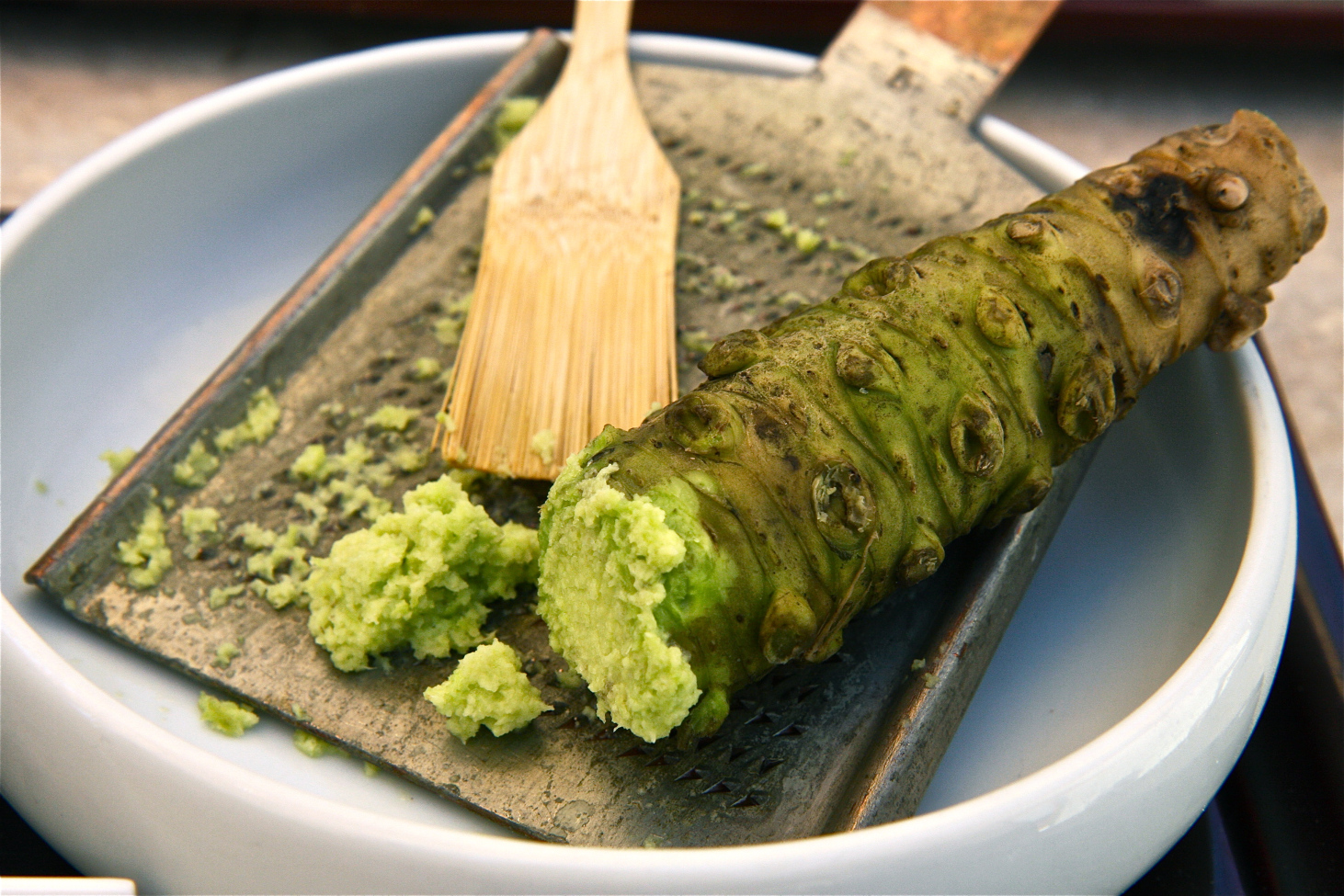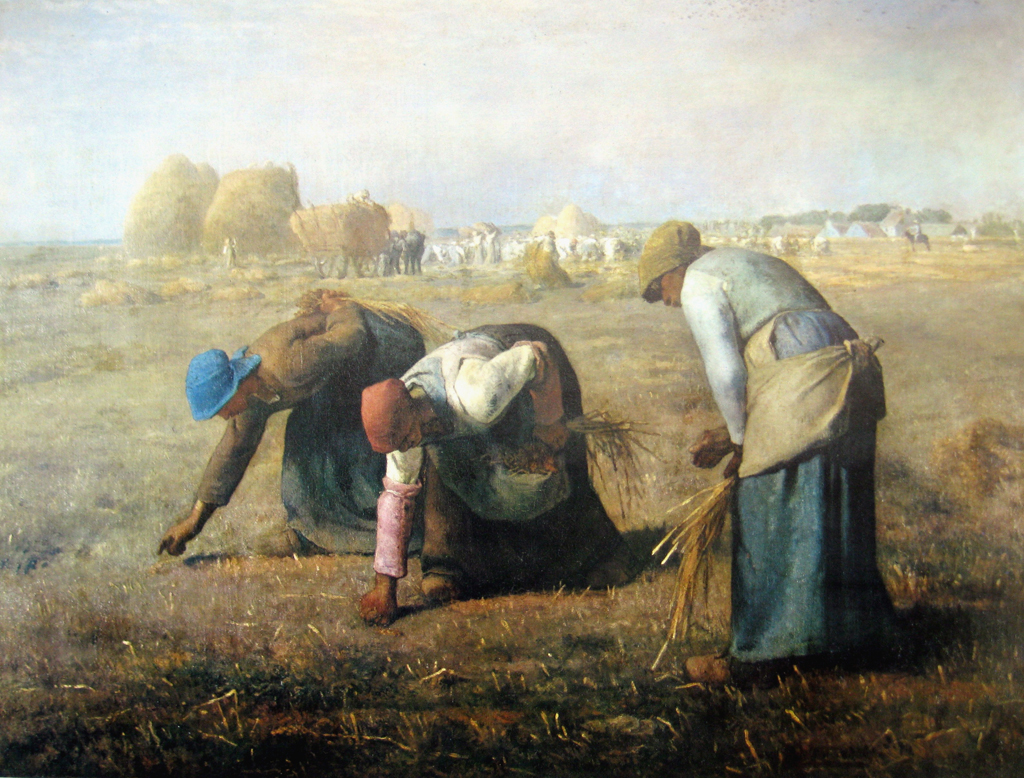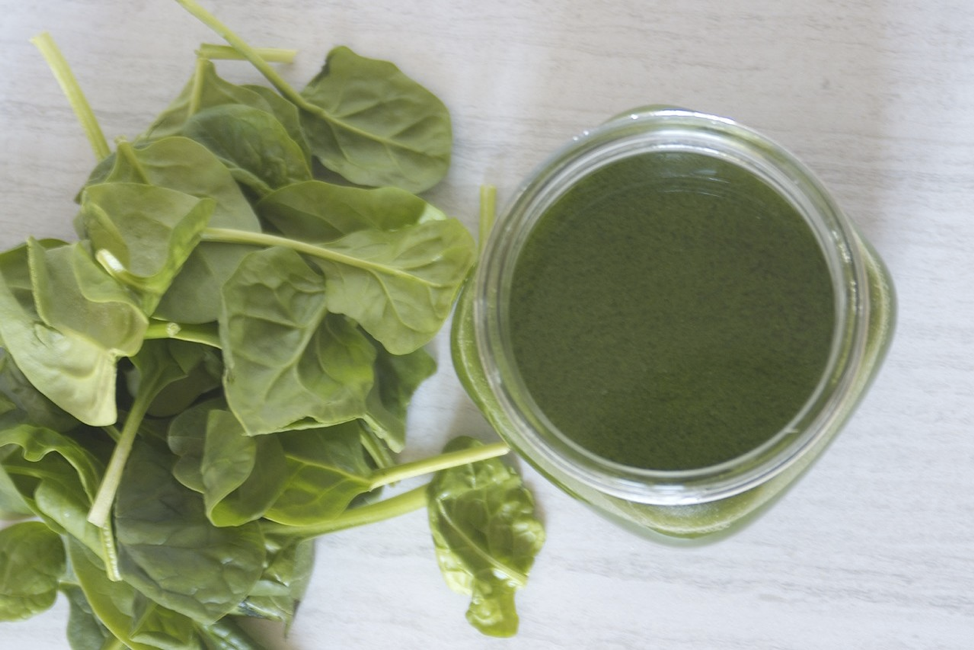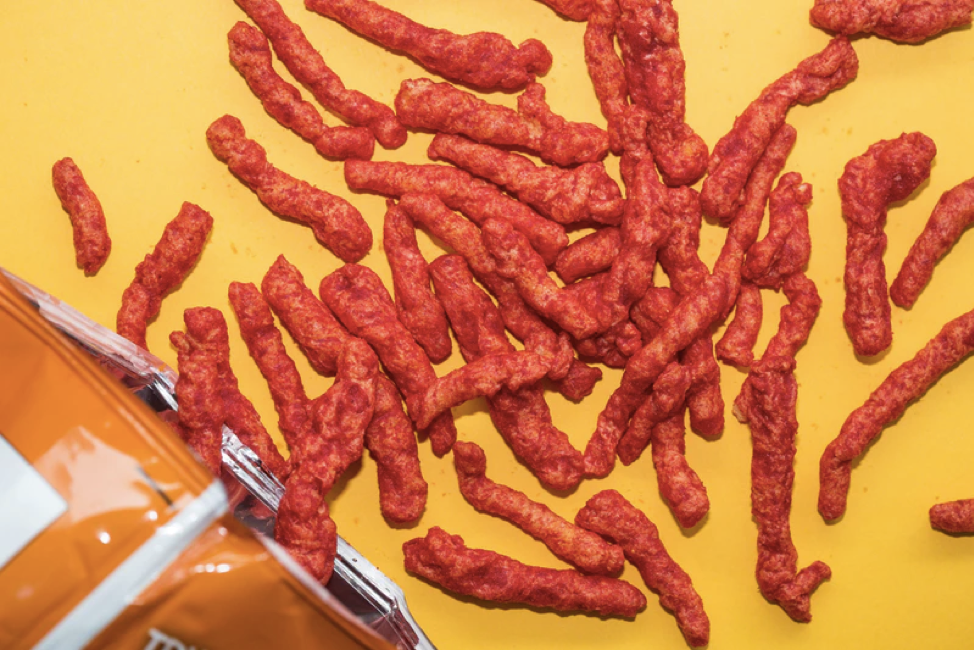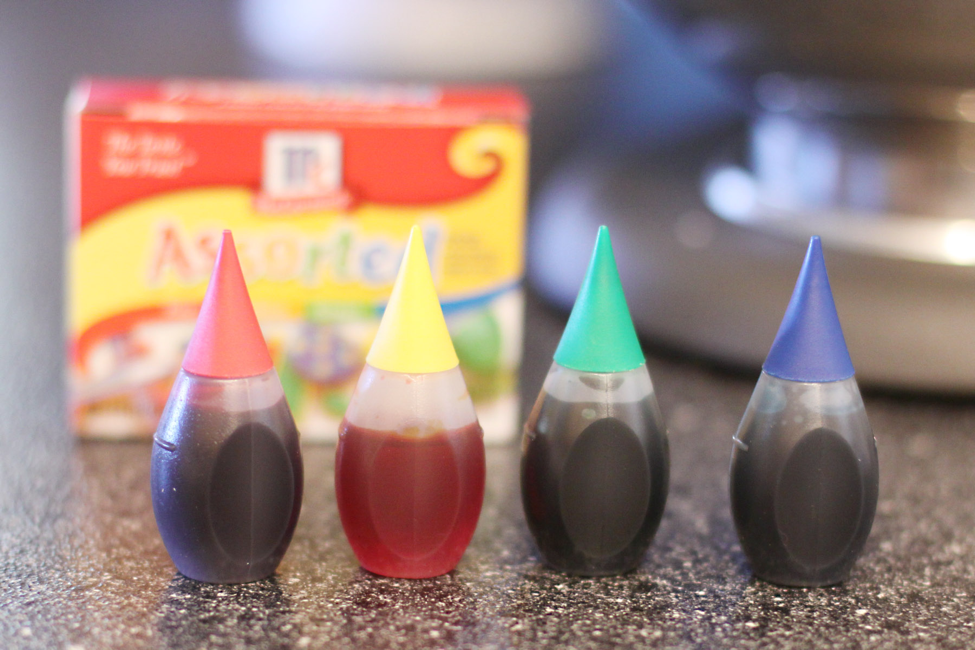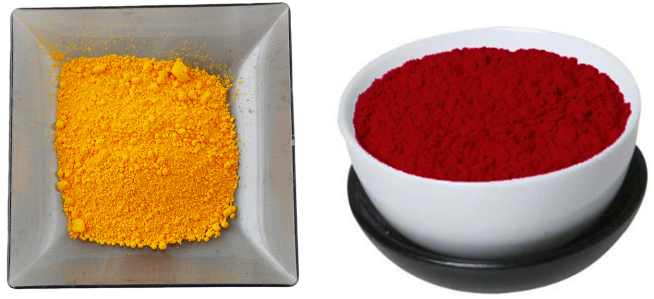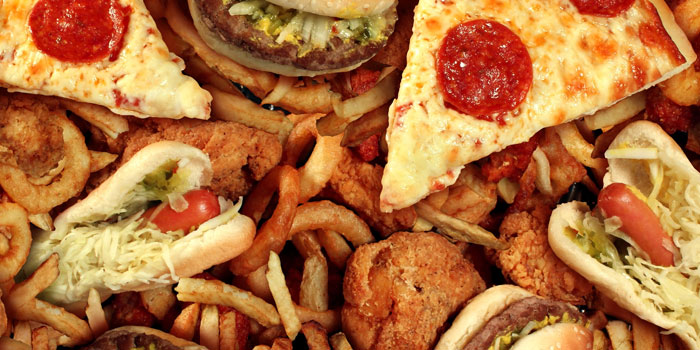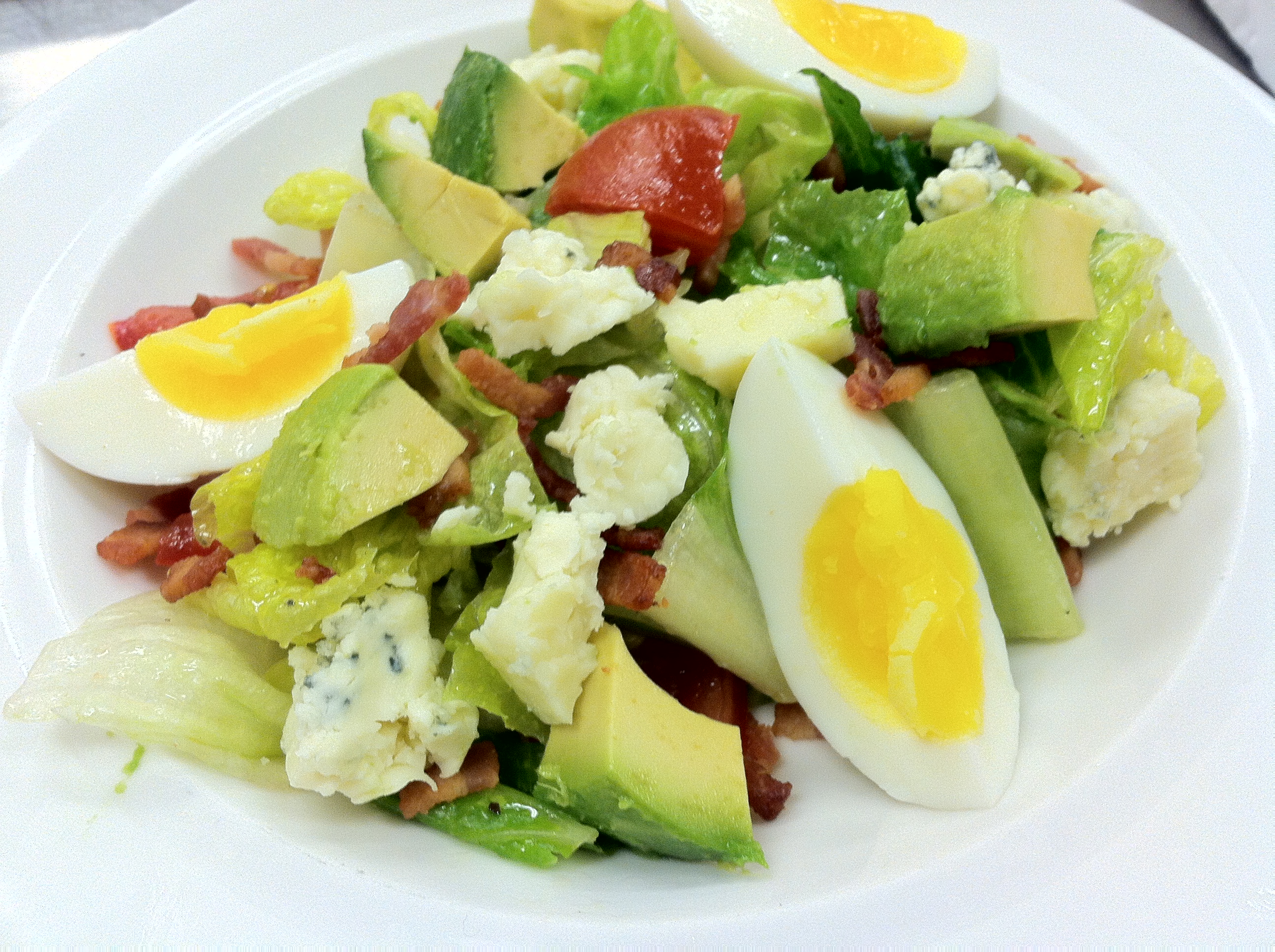Olive oil is the blood of Mediterranean culture. Throughout history, it had a place in religious ceremonies, lighting, cleaning, medicine, economics, and cooking. This liquid fat is as prevalent in a Mediterranean diet as butter in an American one. However, the olive oil you consume may be only a fraction of what it advertises on the bottle.
This is not a new problem. Olive oil fraud has been committed since the Roman Empire. One EU official claims the profits in impure olive oil trade to be “comparable to cocaine trafficking, with none of the risks.” Criminals achieve this the same way they do with hard drugs – they dilute the original product with cheaper alternatives (in this case, sunflower or canola oil). Shady organizations pick a pretty penny just by saving production costs.
Though every Mediterranean country has its fair share of olive fields, let’s take a look at Italy because the Boot sells three times as much oil as it produces. The culprits for this massive fraud are clear and obvious: the mafia (or “agromafia” given their specialization).

Like every criminal organization, the agromafia is simply a collection of thugs trying to act as businessmen. They impose themselves as unwanted middlemen between local olive producers and end distributors, claiming that they will offer “protection”; if producers refuse to abide by their rules, the agromafia retaliates with physical threats, vandalism, and arson. Their extortion typically nets them around $500 a month from local stores who begrudgingly agree to sell the tampered oil.
Most olive oil comes from the southern part of Italy, which also contains the largest concentration of agromafioso. Their influence is so imperious that half of Italian produced extra virgin olive oil does not meet the legal standards of extra virgin oil. When moving across the distribution chain all the way to the United States, that number jumps up to 70%.
So how can a person tell the quality of their oil? For starters, they can check to see if their extra virgin container really tastes the right way: peppery on the throat and vividly flavored, not gentle and smooth. Or if you’d like to go the easy route, you can check this list of both trustworthy and untrustworthy brands (courtesy of LifeHacker).



